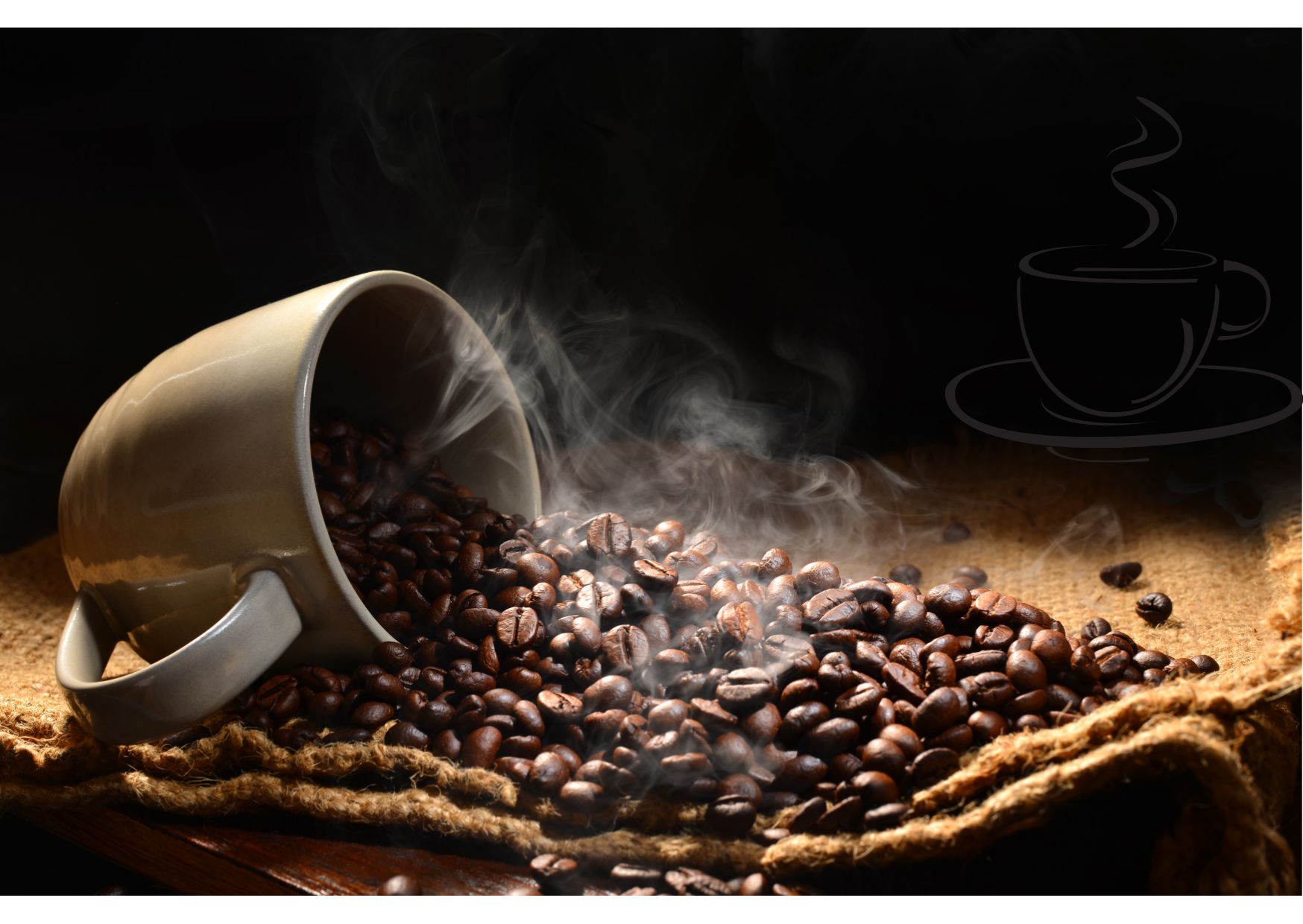You’re About To Spit Out Your Coffee
While the market has generally been trending higher this year with various bumps in the road, Starbucks has had an altogether different journey and remained largely flat over the past 12 months. Worse still, until its recent CEO switchover, it had been decidedly under water.
The fundamentals have been fairly underwhelming for some time as earnings reports have revealed. It has not been bad on an annualized basis with revenue growth up 11.6% last year and 11.0% the year before. So too earnings before interest and taxes of $5.5 billion last year is nothing to sneeze at but the past few quarters have disappointed.
Revenues last quarter were down 0.6% and the prior quarter they fell by 1.8%. What is the problem at the coffee house that is causing the decline and will the trend turnaround? The answer might cause you to spit out your coffee.
Key Points
- Starbucks’ stock has stayed flat over the past year despite broader market gains, with recent quarters showing slight revenue declines.
- The coffee chain has been criticized for charging premium prices without delivering matching quality.
- Maintaining consistent quality and service across 37,000 locations is a major challenge, posing difficulties for Starbucks’ turnaround efforts.
Why Starbucks Is In Trouble
If you’re a Starbucks shareholder, you might want to perk up if Chamath Palihapitiya is right. His take is that the coffee leader has a major problem on its hands because it is charging premium pricing for a luxury offering but delivering a product that doesn’t match on price or experience.
Our research with wholesalers would suggest he has hit the nail on the head. Coffee quality is scored on a scale and Starbucks, in spite of its brand marketing that suggests it’s the premier coffee house, doesn’t deliver beans that match the scores of premium specialty coffee roasters.
What Starbucks did was make coffee on every corner popular and accessible. But after building brand awareness, and training consumers to enjoy a caffeinated beverage daily, discerning consumers have increasingly migrated to local specialty coffee roasters.
The challenge for coffee shops when sourcing beans is that those beans can be contaminated in many ways.
Notoriously, beans absorb environmental contaminants, whether gasoline on a ship in transport or even the smells of a chicken farm close to where the beans are grown.
Whether it’s those issues or insects that contaminate the batch, quality is a challenge to maintain at scale, and Starbucks is among the few major coffee purveyors that will run into that challenge.
Smaller specialty roasters can source from small farms from Ethiopia to Colombia without running into such scale challenges. Starbucks needs to deliver the same taste, globally.
Will Starbucks Turnaround?
As word gets out that there is a disconnect between brand and quality, as well as service, it leaves Starbucks new CEO with a really challenging problem: The best buyers, reward members, are often failing to follow through on purchases due to long lines, and Starbucks is finding it hard to keep up with throughput.
What Starbucks needs to do is deliver on what consumers are expecting, a great cup of coffee, fast. But that’s no mean feat to achieve at scale across 37,000 locations globally.
For now, Starbucks is priced to perfection near fair value of $95 per share according to analysts, so it’s a risky proposition to bet on a lot more upside than downside.
Nonetheless, the new CEO took Chipotle from $7 billion to $71 billion in market capitalization by figuring out how to deliver tasty meals, fast. If he can do that for Starbucks, a similar fate may lie ahead for the coffee leader. But a pullback sure would present a better opportunity.



